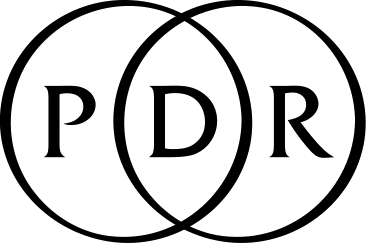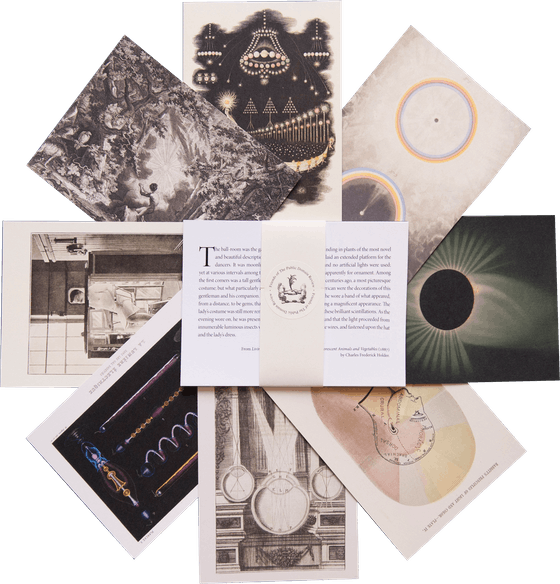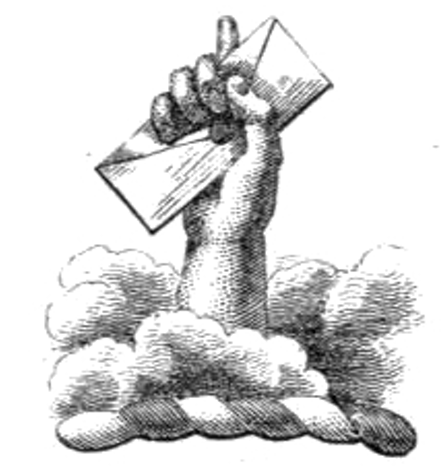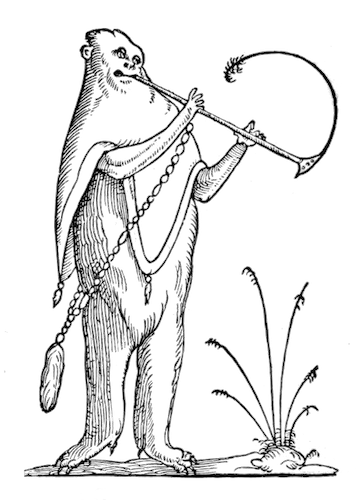
Animal Costumes from the 1862 Fairytale Ball of the Jung-München Artist’s Association
This dandyish hare and hedgehog, photographed at an 1862 Munich costume ball by Joseph Albert (1825–1886), seem drawn from timeless folklore. But the characters may have been surprisingly new to these costumed revelers. The fable referenced here, “Der Hase und der Igel”, was recorded in the 1843 fifth edition of Grimm’s Fairy Tales, less than twenty years prior. The oral tale was first transcribed in the Hannoversche Volksblatt newspaper, after being told to editor Wilhelm Schröder near Bexhövede in Lower Saxony around 1840.
The fable plays on Aesop’s classic tale of the Tortoise and the Hare, some two millennia older. Whereas its narrative predecessor emphasized perseverance (“slow and steady wins the race”), the Hare and the Hedgehog’s catchphrase — the Low German “Ick bün all hier!” (“I’m already here!”) — revels in wit and trickery. In this later story, the hare teases his neighbor’s stubby, crooked legs, only to be challenged to a footrace by the insulted hedgehog. The hedgehog conceals his identical wife on the far end of a race course through turnip and cabbage fields. Hidden in the furrows, she pops up to claim victory before the hare reaches the finish line. Sensing something amiss, the hare demands a race in the reverse direction: the husband hedgehog pops up, victorious again. Enraged, the hare exhausts himself racing from end to end, before dropping dead in his lane.
The yarn was a good match for the fairytale-themed masked ball hosted by the Jung-München artists’ association during the 1862 Carnival. The invited milieu, including the Bavarian Court, future “fairy tale king” Ludwig II, and the crème of the Munich art scene, was a far cry from the Hedgehog and the Hare’s recent, rustic origins. But fairytales and folklore — as collected by the Brothers Grimm, Ludwig Bechstein (who adapted the Hare and the Hedgehog in his 1853 Deutsches Märchenbuch), and others — were all the rage, and Munich was in the midst of a mask festival craze. Albert photographed dozens of guests in lavish costumes depicting medieval royalty, mermaids, and several swaggering animals: the hare, arm around the hedgehog (carrying a bottle of brandy, the reward for his bad-faith victory), and the “gestiefelter Kater”, or Puss in Boots. The cat, bowing theatrically in his knee-highs, is listed in the “festival newspaper” alongside a golden goose, implying at least one more uncanny animal, whose photograph is perhaps lost.
Carnival season in Germany — a period of costumed revelry, parties, and parades — reaches its fevered peak in the week before Ash Wednesday. The festival calls for inversions of class and gender (and, perhaps, species too), making it an apt moment to drive home one of the morals of the Hare and the Hedgehog: never mock the little guy. The tale’s final lesson, however, was perhaps too subtle to render in fur and leather. As the Brothers Grimm conclude, “it teaches that whenever a man marries, he should take a wife . . . who looks just as he himself looks. So whosoever is a hedgehog let him see to it that his wife is a hedgehog also, and so forth.”
Enjoyed this piece? We need your help to keep publishing.
The PDR is a non-profit project kept alive by reader donations – no ads, no paywalls, just the generosity of our community. It’s a really exciting model, but we need your help to keep it thriving. Visit our support page to become a Friend and receive our themed postcard packs. Or give a one-off donation. Already a supporter? A huge thank you for making all this possible.
Oct 30, 2025








